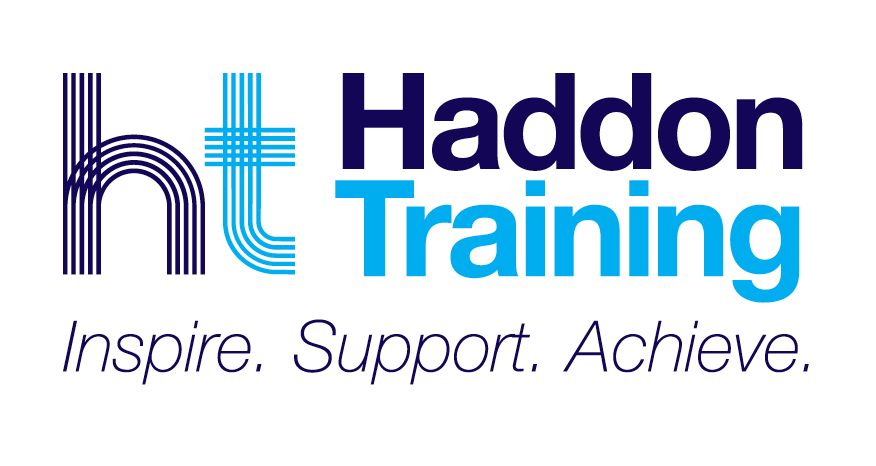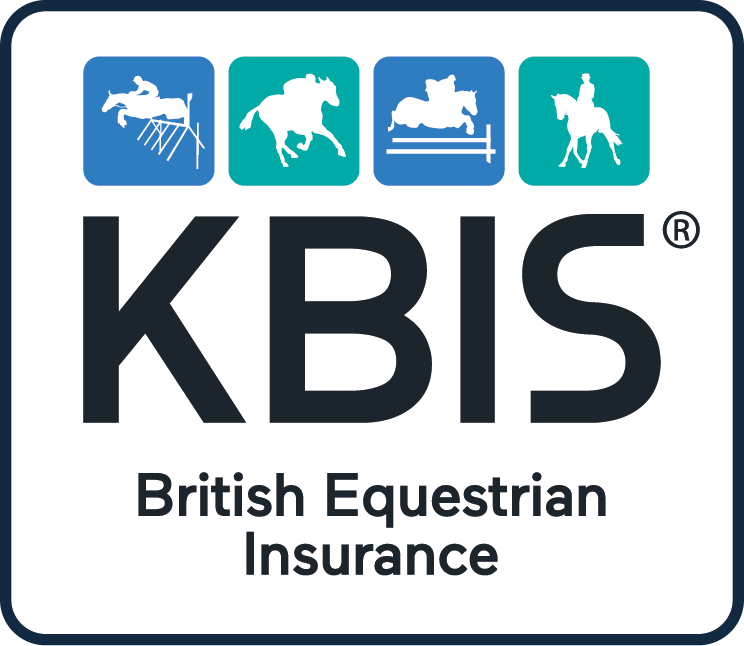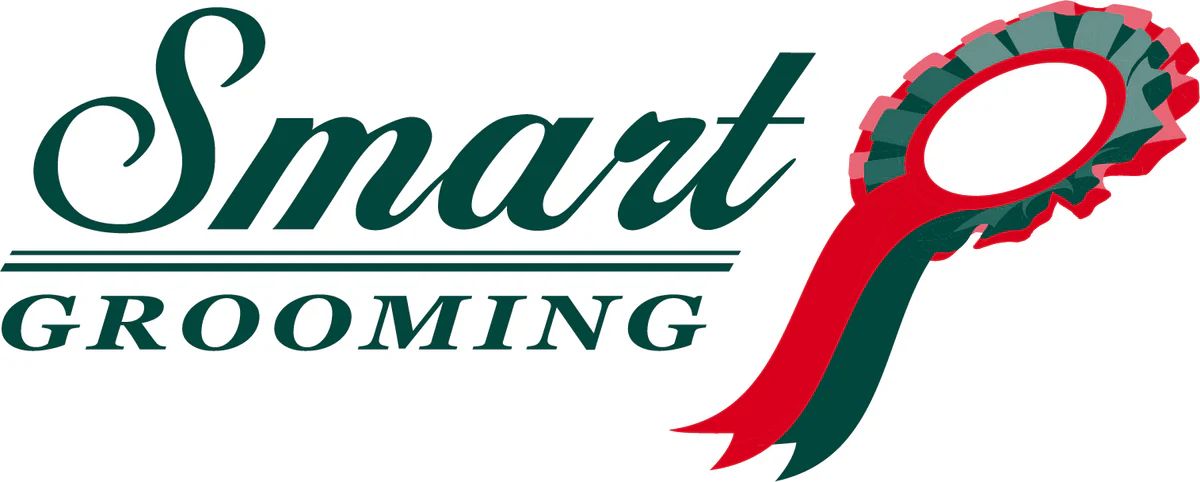- Join Us
- Login
- EEA ToolKit
- Employment Essentials
- Frequently asked
- Contracts and wages
- Time off work & absence
- Staff management & training
- Workplace disputes
- Dismissals and resignations
- Pregnancy and children
- Avoiding discrimination
- Redundancy and Retirement
- Other responsibilities
- Legal Helpline
- Recruitment
- Good Recruitment
- New starters
- Find a groom
- Good Employment
- Resources
- Downloads Library
- EEA Pension & Payroll
- Safe workplace
- Employers Minds
- Transporting horses
- Riding Establishment Licences
- Member discounts
- Business Hub
- Equestrian businesses
- The business plan
- Business compliance
- My clients
- Livery Contract Creator
- Financial matters
- Business challenges
- Marketing
- The EEA
- Employers Life
- Contact

Employer's Life
Overtime and TOIL come up a lot. We all know that there are busier times of the year and quieter times of the year, particularly if you are in a competition yard. We are often asked, “If my staff work long hours during competition season, can I give them the time back during the quiet season?” Well, possibly… If employees are paid an annual salary for a specific number of hours per year then hours can be averaged out over the year. We usually state weekly hours in a contract of employment, and this can be used to work out the total number of hours to be worked across the whole year. This means that extra hours worked during the busier season can be taken back as TOIL during quieter periods. It is important if you want to do this that the contract clearly states that it is a contract for annual hours and that weekly hours can vary according to need and agreement. Employers must be extra careful to keep accurate records of actual hours worked to allow for a reconciliation at the end of the year. You must ensure that employees are paid at least the NMW for every hour worked during the year (52-week period). For NMW purposes this is known as salaried work. However, if when calculating the total hours worked across the year (52-week period) this takes an employee below the NMW, you must pay them the extra money owed. 40 hours per week x 52 weeks in a year = 2080 hours Once the employee has worked their 2080 hours, they will be seen to have earned their full salary, regardless of if they are paid at the NMW or above it. If across the year they have actually worked 2300 hours, the hours over 2080 would need to be paid as overtime either at their usual hourly rate or at least at the NMW. “But what about rolling TOIL?” Again, this is only really of benefit if your employees are doing salaried work. Let’s take a different setting, perhaps a livery yard, where it might be common to start a bit earlier or finish a bit later each day. As long as employees are doing salaried work, they can take their time back when it is suitable, rather than by the end of the following pay period, which is commonly thought. E.g., building up the hours in April and having to take them back by the end of May. Operating TOIL in this way is fine as long as at the end of the year the employee’s total hours worked do not exceed their basic hours as stated in their contract of employment (e.g. 40 hours per week x 52 weeks in a year = 2080). Any additional hours not taken as TOIL would need to be paid as overtime. Again accurate time recording is very important as the HMRC take a dim view (which inevitably involves fines) of sloppy recording. The Equestrian Employers Association has been created to help employers of all sizes of business to be compliant, thereby helping you to protect your business. Your team are key to the performance and development of your business which is why looking after them is so important. If you would like help and support when it comes to employing your staff have a look at how we can help you today.Confused about Overtime & TOIL...
1st April 2023

Example
BLOG ARCHIVE
- 2026 (1 ENTRIES)
- 2025 (18 ENTRIES)
- 2024 (10 ENTRIES)
- 2023 (10 ENTRIES)
- 2022 (6 ENTRIES)
- 2021 (4 ENTRIES)
- 2020 (7 ENTRIES)
- 2019 (14 ENTRIES)
- 2018 (9 ENTRIES)






















-Small.jpg)



